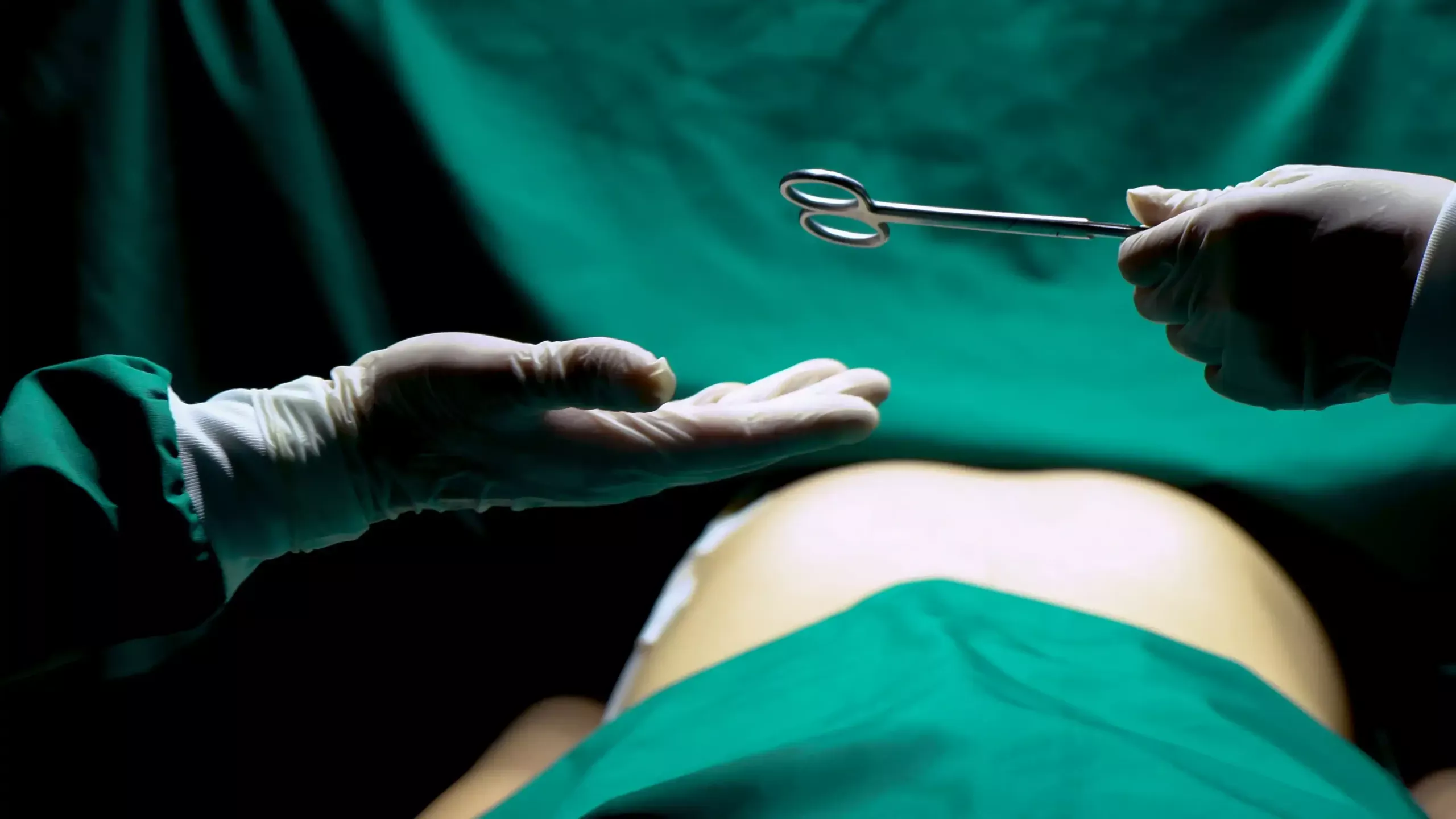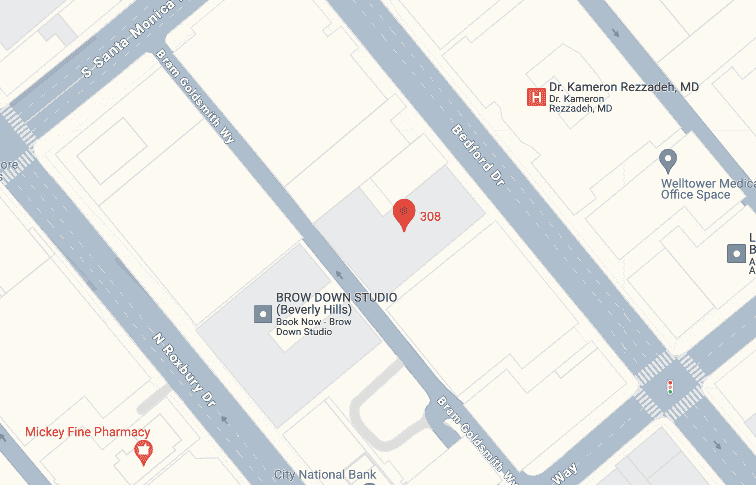Pilonidal disease is a condition characterized by the formation of a cyst or abscess near the tailbone, specifically in the crease between the buttocks. This pilonidal cyst infection can cause pain, as well as discomfort, and other consequences. In this article, we will go over the specifics of pilonidal disease, as well as the surgical options for treatment and the underlying reasons for this disorder.

Pilonidal Disease: An Overview
The development of a cyst or sinus tract in the natal cleft, which is the groove between the buttocks near the tailbone, is referred to as pilonidal illness. This disorder primarily affects young people, mainly men, and is frequently related to sedentary lifestyles and excessive hair growth. Pilonidal cysts may begin as small, harmless lumps but can develop into infected masses that cause substantial discomfort.
Pilonidal Cyst Causes:
Although the specific cause of pilonidal cysts is unknown, various factors contribute to their development:
- Hair Follicle Irritation: Hair follicle irritation is one of the most common causes of pilonidal cysts. The natal cleft, which is located between the buttocks and near the tailbone, is prone to excessive hair growth. Prolonged sitting or rubbing in this area can irritate and inflame the hair follicles. When hair enters the skin, it can cause cysts and sinus tracts to form.
- Congenital Predisposition: Some people are born with a predisposition to pilonidal illness. This means they have anatomical or structural anomalies in the natal cleft that make cyst formation more likely. A deep natal cleft, a crooked or dimpled sacrum, or excessive skin folds, for example, might produce an environment in which hair and debris can easily gather, leading to cyst formation.
- Hormonal Factors: Hormonal changes throughout puberty can lead to pilonidal cyst formation. This disorder is typically found in young adults, particularly boys, during or shortly after puberty. Hormone fluctuations can cause increased hair growth and oil production, making hair follicles more prone to irritation and cyst formation.
- Poor Hygiene: Inadequate cleansing and poor hygiene in the natal cleft can play a role in the development of pilonidal cysts. Sweat, dead skin cells, and other debris can build in an unclean environment, producing a perfect habitat for bacterial growth. Bacteria can infect hair follicles and cause irritation, resulting in cyst formation.
- Trauma: Pilonidal cysts can occur as a result of direct trauma or injury to the tailbone area. Trauma can damage the hair follicles, resulting in inflammation and the production of cysts. Cycling and horseback riding, for example, may increase the likelihood of developing pilonidal cysts by causing recurrent trauma to the natal cleft.
- Genetic Factors: While the specific genetic factors contributing to pilonidal cysts are not fully understood, there is evidence to suggest a genetic predisposition to the condition. A family history of pilonidal disease may play a role in its development, indicating that certain genetic variables or inherited qualities may influence an individual’s vulnerability to cyst formation.
Treatment Options for Pilonidal Cyst Infection:
When a pilonidal cyst becomes infected, immediate treatment is required to alleviate symptoms and avoid consequences.
- Antibiotics: In moderate situations where the infection is limited and has not progressed considerably, oral antibiotics may be recommended to manage the infection and reduce inflammation.
- Incision and Drainage: A healthcare practitioner may execute an incision and drainage operation if the cyst is large, painful, or linked with an abscess. Making an incision to drain the pus and fluid, then treating the area to facilitate healing.
- Pilonidal Cystectomy: Surgical intervention may be required in recurrent or severe instances. The most common surgical procedure is a pilonidal cystectomy, which involves the removal of the cyst, sinus passages, and any sick tissue surrounding it. This can be accomplished using a variety of approaches such as open excision, primary closure, or flap surgeries.
- Minimally Invasive Techniques: In recent years, minimally invasive techniques like endoscopic pilonidal sinus treatment (EPSiT) or laser hair removal have gained popularity. These operations use less invasive ways to remove cysts and sinus tracts, resulting in smaller incisions and faster recovery times.
Read more: Spotting the Symptoms: How to Tell if You Have a Pilonidal Cyst Infection
Postoperative Care and Prevention:
Proper postoperative care is essential after surgical intervention to avoid recurrence and enhance recovery. This could include:
a. Wound Care: To improve healing and prevent infection after pilonidal cyst surgery, proper wound care is essential. Your doctor will give you detailed advice on how to care for the surgery wound. This could include changing the dressing on a regular basis, washing the wound with mild soap and water, and applying prescription ointments or antibacterial solutions. To reduce the risk of complications, strictly follow the recommendations and keep the incision clean and dry.
a. Pain Management: After pilonidal cyst surgery, pain and discomfort are common. To help control postoperative pain, your healthcare professional may prescribe pain medication. Take the medication as advised and see your healthcare provider if you have any concerns or adverse effects. Using cold packs or taking warm baths as prescribed can also help relieve pain.
c. Lifestyle Modifications: Making certain lifestyle modifications can aid in preventing the recurrence of pilonidal cysts. Here are some important considerations:
Good Hygiene: Maintain good hygiene in the natal cleft area by regularly washing it with mild soap and water. After showering or engaging in any physical activity that involves sweating, thoroughly dry the region.
Avoid Prolonged Sitting: Avoid prolonged sitting, especially if it causes strain on the tailbone area. If your job or lifestyle requires you to sit for long periods of time, take breaks, stand up, and walk around to relieve pressure on the affected area.
Cushioning: If you must sit for long periods of time, use a cushion or pillow designed to relieve pressure on the tailbone. This can reduce discomfort and friction.
Hair Removal: Depending on your healthcare provider’s advice, you may want to pursue hair removal treatments like shaving or laser hair removal to avoid hair follicle irritation and lower the chance of cyst formation.
d. Regular Follow-up: Visit your healthcare physician on a regular basis to check the healing process and handle any concerns or issues. They will examine the area, remove any sutures if necessary, and ensure that you are healing properly. Follow their advice regarding activity limits, wound care, and any lifestyle changes that may be required.
e. Self-Examination and Awareness: Maintain vigilance and be aware of any changes or symptoms in the natal cleft area. Regularly examine yourself for signs of recurrence, such as the formation of new lumps, pain, redness, or discharge. If you experience any troubling symptoms, contact your doctor right away.
You can help reduce the likelihood of pilonidal cyst recurrence and enhance long-term healing by following these postoperative care measures and implementing preventative techniques.
Contact the Experts Today
If you are worried about pilonidal cyst infection, Pilonidal Experts can help you right way. Our innovative treatments and expert care can help you reclaim your comfort and quality of life.
Contact us right away for a customized treatment plan. Take charge of your health and begin your path to a pain-free future.








